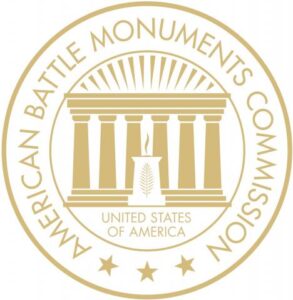Jazz, a uniquely American genre, began in the United States, but came to prominence in Europe through the African American soldiers’ regimental bands during World War I. In this lesson, students will explore the role that jazz played in Europe during and after the war.
Guiding Questions
- Given the devastation and the tremendous loss of life in World War I Europe, was it inappropriate for jazz music to be played and listened to during and following the war?
- What role did jazz music play for Europeans and African Americans during the war?
Learning Outcomes
The student will be able to:
- Identify the characteristics of jazz music.
- Debate whether jazz was appropriate for post-war Europe.
Pre-activities
- Assign the students to listen to the audio clips of “On Patrol in No Man’s Land” and “How Ya Gonna Keep ‘Em Down on the Farm”.
- Assign the students to answer the following questions related to those songs. You may also want to provide the students with the lyrics.
- In “On Patrol in No Man’s Land,” how does the author describe the war experience?
- Does “On Patrol in No Man’s Land” address race or racism? Why or why not?
- In “How Ya Gonna Keep ‘Em Down on the Farm”, describe the post-war conditions that are mentioned.
- How is “How Ya Gonna Keep ‘Em Down on the Farm” especially relevant for African Americans soldiers returning to the United States after World War I?
- Assign students to watch the informational video on James Reese Europe and the Harlem Hellfighters.
Activities
- Assign the students to debate the following issue: Jazz music was great for the healing of Europe after World War I.
- Divide the class into two groups of students and have one group argue for the statement and have the other group argue against the statement.
- Moderate the debate by following debate procedures listed on the debate procedures handout.
Assessment
Assess the students on the quality and content of the debate.
Horace Pippen
Just as the jazz music of Noble Sissle and James Europe emerged from the trenches,trenches, so too did the art of Horace Pippen. In the Sechault campaign of September 26, 1918, Pippen was shot in the right shoulder and arm in No Man’s Land and left for dead. He was immobilized, hungry, and thirsty for an entire night before being rescued. Once he returned home from the war, he no longer had use of his right arm due to his injury. Despite the physical disability, Pippen began painting by holding the brush stationary with his right hand and using his functional left arm to move the canvas around (“Pippen’s Story”). He was the first African American artist to address social justice and political issues in his paintings. For Pippen, painting was a form of emotional and psychological healing from the scars of the war
Materials Needed
Noble Sissle – Harlem Hellfighters band – “On Patrol in No Man’s Land” recording
Noble Sissle – Harlem Hellfighters band – “How Ya Gonna Keep ’em Down on the Farm” recording
“ On Patrol in No Man’s Land” lyrics
“ How Ya Gonna Keep Em Down on the Farm (After They’ve Seen Paree)” Lyrics
James Reese Europe and the Harlem Hellfighters
Debate Procedures Handout
 An official website of the United States government. Here's how you know.
An official website of the United States government. Here's how you know. 